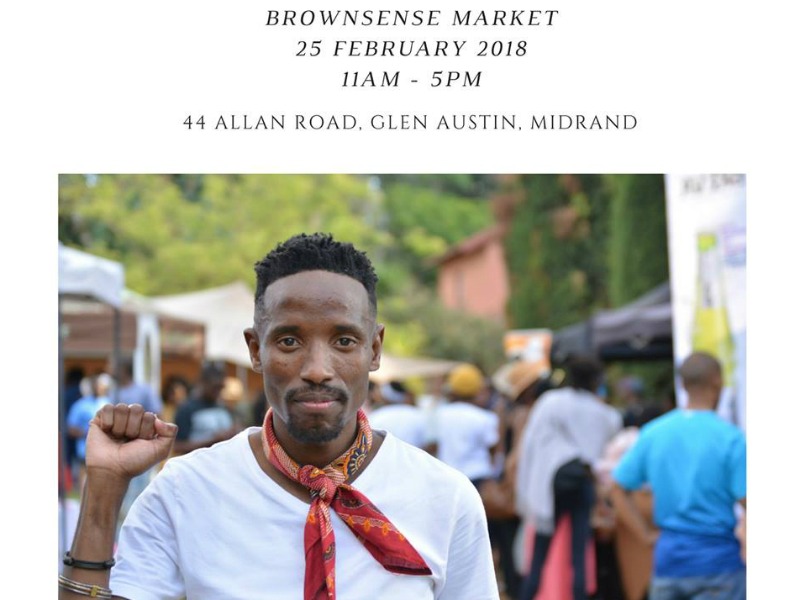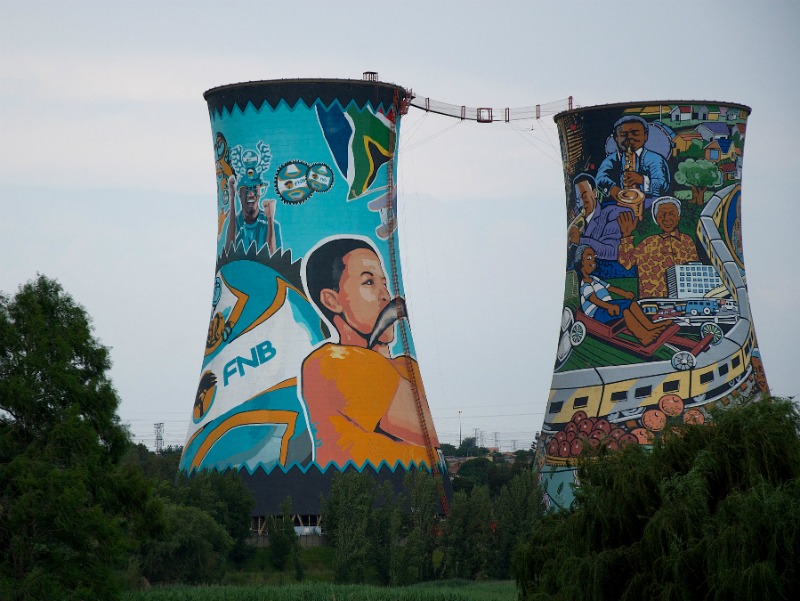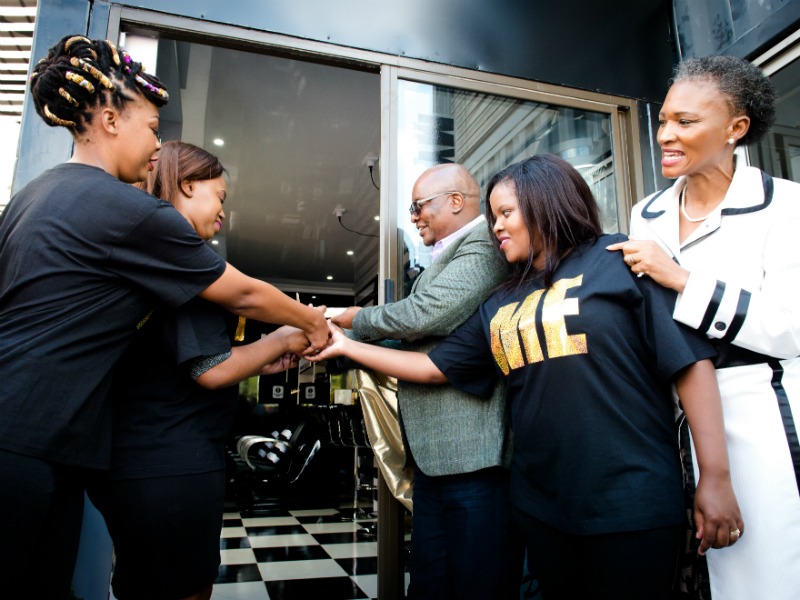Spending on goods and services in all of South Africa’s townships is estimated at R307 billion.
Not only are big brands exploring the lucrative township market, but SMEs are increasingly doing the same. This includes brands like Nkhukhu Box, a fast food restaurant chain that launched in 2016 and other brands like the black-owned microbrewery, The Soweto Brewery, and coffee bar, Kofi Afrika, both located in Soweto.
While there are opportunities for big and small businesses, Elvis Sekhaolelo, founder of eKasi Entrepreneurs, a network which develops township entrepreneurs through training and development, says it’s important for brands to understand how township consumers choose to spend their money.
“They are not big spenders, they are the cautious spenders, [they understand] the circumstances where they come from and they know what they’re building for themselves.”
Some brands are succeeding at reaching the township consumers. This is done through innovative and unconventional marketing strategies, which range from Stokvels, Spazas, and branding on spaza shop packets and murals to marching bands, loud hailers and running competitions.
Sekhaolelo who has extensive experience within township markets and branding offers ideas that have worked for big brands.
1. Become more social

In the case of the township consumer, Sekhaolelo says that Facebook groups that target certain groups of people are a great marketing tool. He says many successful initiatives have shown how effective Facebook groups can be, including BrownSense, a networking community for black entrepreneurs, and the Awethu Project, a mobile business tool aimed at educating one million people in developing economies.
The Awethu business network has about more than 100,000 group members. Everything they post in there gets to have visibility. And also with Brownsense, gets people to see things within their community and their own space.”
Whatsapp groups, Sekhaelelo says, are also a common digital marketing tool used by organisations in townships, and these organisations target citizens within specific areas and share opportunities within the groups. In this way, word of opportunity gets to everyone within these communities.
“This is one of the ways that word of mouth helps because before word of mouth was more face-to-face and now it’s more digital and the digital element needs to be on a WhatsApp group where you know in this group you only have people that you trust,” Sekhaelelo says.
2. Use unusual platforms

The township market doesn’t respond in the same way to traditional advertising like billboards, television and radio as consumers in the Suburbs would. He says when brands want to capture the attention of consumers within the townships, they would have a better chance of capturing consumers’ attention through advertising platforms visible to consumers within the townships. One of the ways brands do this is through murals.
A lot of murals in the township are being used to advertise products so as opposed to big billboards, a lot of murals become more visible to township people that pass by.”
Another interesting method is by advertising brands on local takeaway brands’ food bags.
“On those takeaway bags, they put brands on the bags, so before you eat anything that is in the takeaway bag you have to look at the brands that are on there. So it’s through those kinds of platforms that when you look at advertising don’t just think of the big commercial media would be more visible, it’s a matter of making sure it’s going to penetrate the market and speak to the people in their own space,” Sekhaolelo says.
3. Embrace social investment

A marketing tool many entrepreneurs wouldn’t know about is showing interest in developing communities within townships. Sekhaolelo says that people are more supportive of brands that are engaging and supportive of development because there is still a lot of infrastructural development that needs to happen within the townships.
“I think now CSI projects fall under their marketing because they need to understand wherever they’re able to donate or give back needs to represent the company’s brand and how you communicate and engage with the township market in a space where they need some sort of help whether it be during a flooding or whatever, they’ve got to be able to act quick especially depending on the incidents that are happening it’s more about the CSI elements saying how do we support the township when they are in need and danger at a specific point.”
4. Show interest in township entrepreneurship development

Sekhaolelo says that within townships, people respect entrepreneurship, and are more likely to support brands that are advocating for entrepreneurship and helping to develop entrepreneurs.
“Every entrepreneur and every township needs to have some sort of development. Brands need to look at how we create a community of entrepreneurs in the township, and how we make sure that we engage with entrepreneurs and the leaders in the township because the leaders and entrepreneurs if they talk about the brand, engage with the brand and associate with the brand. So if you have a flock of ambassadors that are entrepreneurs and young leaders within the township, then you are going to win the hearts of others in the township, because those leaders in the township will be able to get through to them.”


